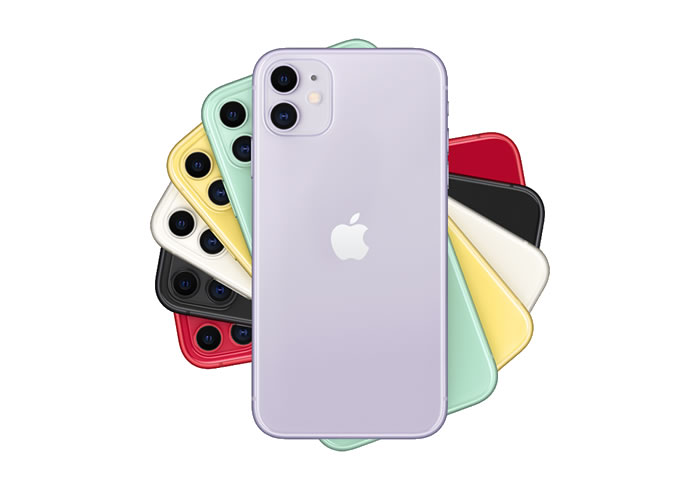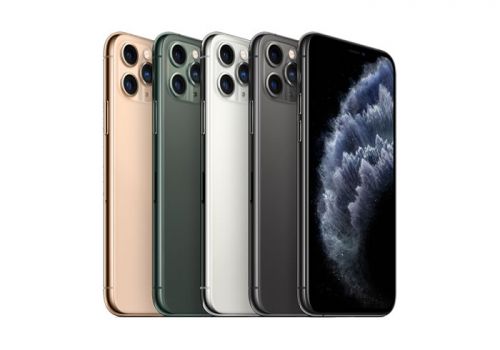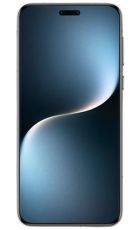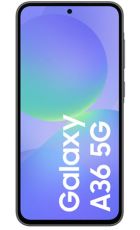The three biggest phones of the year have just been announced, namely the iPhone 11 (pictured above), iPhone 11 Pro and iPhone 11 Pro Max.
Of these, the iPhone 11 (pictured below) is the most basic. In fact, it can be seen as a successor to the iPhone XR, but cleverly Apple has named it more as a ‘proper’ iPhone rather than a ‘cheap’ one. Yet cheap it is, at least by Apple standards, starting at £729 SIM free, making it cheaper than the iPhone XR was at launch and a bargain for an iPhone.

Then there’s the iPhone 11 Pro, which is the successor to the iPhone XS and starts at £1,049 SIM free, while the iPhone 11 Pro Max which – you guessed it – is the successor to the iPhone XS Max, starts at £1,149.
So what do you get for your money? Well, all three phones use Apple’s new A13 Bionic chipset, which the company claims has the fastest CPU and GPU ever used in a smartphone, so they should be astonishingly powerful.
Two cameras or three
They also all have a 12MP f/1.8 standard lens and a 12MP f/2.4 ultra-wide lens (with a 120-degree field of view). However, the iPhone 11 Pro and Pro Max add a third lens to the mix, namely a 12MP telephoto one, so you can zoom in closer to your subject.
But whichever model you choose you’ll get a wealth of camera modes and settings, including a night mode, 4K video recording at 60fps, a panorama mode, a portrait mode, and more. The three phones also all have a 12MP front-facing camera (up from 7MP on their predecessors) and improved Face ID, which now works faster and from further away.
The screens are among the biggest differences between the three, with the iPhone 11 having a 6.1-inch LCD display, the iPhone 11 Pro having a 5.8-inch ‘Super Retina XDR’ OLED screen, and the iPhone 11 Pro having a 6.5-inch Super Retina XDR OLED. That’s Apple’s fancy marketing name for its best screen tech yet.
Bright, sharp and vibrant
Why is it better? Well, the two Pro models get far brighter and have a far higher contrast ratio than the standard iPhone 11 or most other handsets. They can hit 1,200 nits of brightness and have a 2,000,000:1 contrast ratio, compared to 625 nits and 1400:1 on the iPhone 11.
The Pro models are also sharper, with the iPhone 11 Pro having a 1125 x 2436 screen and 458 pixels per inch, the iPhone 11 Pro Max having a 1242 x 2688 screen and 458 pixels per inch, and the iPhone 11 trailing behind with a 828 x 1792 screen and 326 pixels per inch. The Pro models additionally support HDR.
The three do have similar designs though, as they have a glass back, a large notch above the screen, and a square camera block on the rear. Look closely and there are differences though – the iPhone 11 has an aluminium frame, while the Pro models have a stainless steel one, for example. And while all three are water-resistant to at least 2 metres for 30 minutes, the iPhone 11 Pro models extend that to 4 metres.
The iPhone 11 Pro models come in 64GB, 256GB and 512GB sizes, while the iPhone 11 comes in 64GB, 128GB or 256GB, and of course they all run iOS 13.
Much longer lasting
Last but not least, they all have battery life improvements over their predecessors. Apple hasn’t said how big the batteries are, but has said that the iPhone 11 should last up to 1 hour longer than the iPhone XR, the iPhone 11 Pro should last up to 4 hours longer than the XS, and the iPhone 11 Pro Max should last up to 5 hours longer than the XS Max.
In the case of the Pro models those are some serious upgrades, and could rank among the best things about these phones. The trio also support wireless charging and fast 18W charging (though only the Pro models have an 18W charger in the box). They’re an impressive collection of phones – really the only thing they don’t have is 5G.
If you want to get your hands on any of these phones you’ll be able to pre-order from Friday 13th September, with them hitting stores on Friday 20th September.






